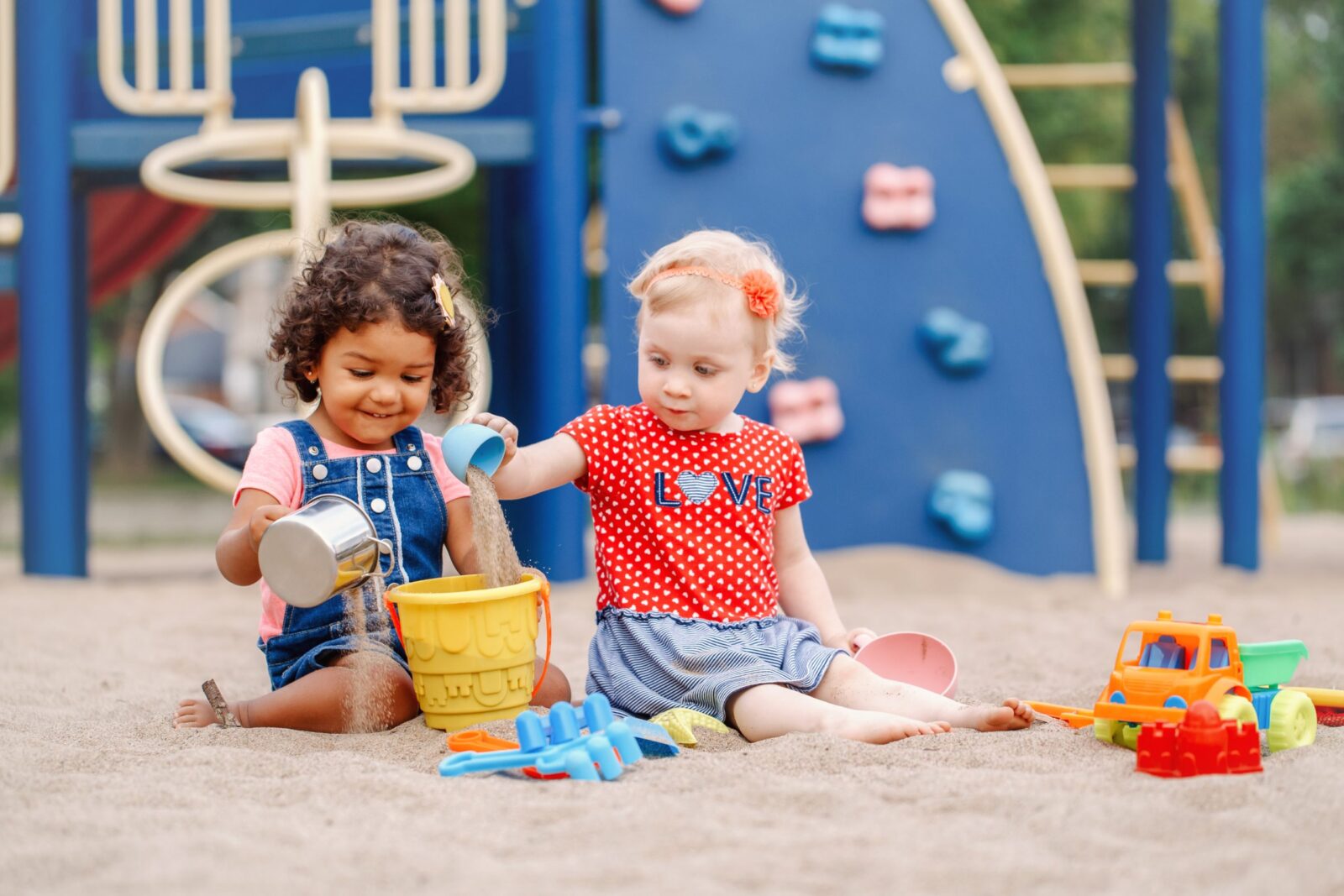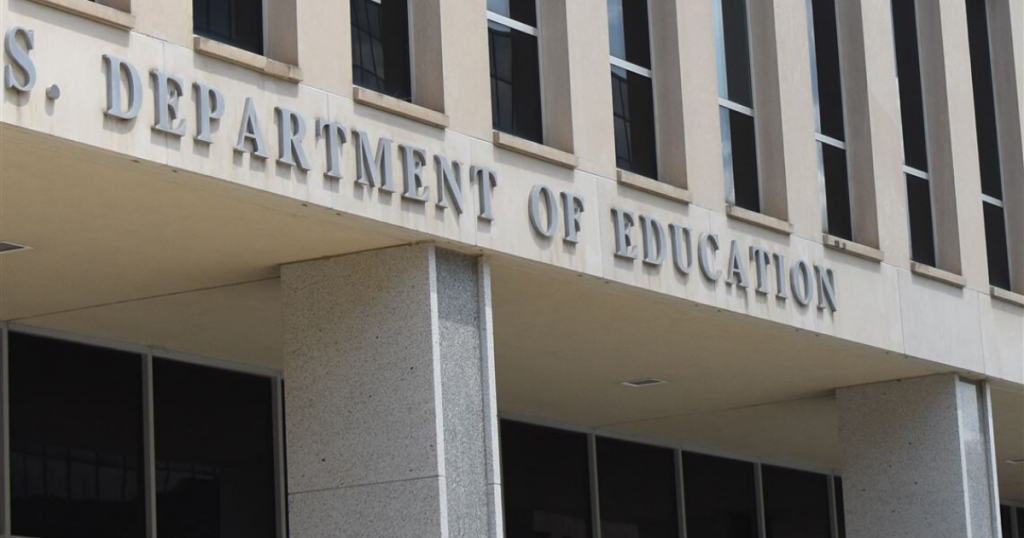New Resource Highlights Innovations to Strengthen ECE Facility Infrastructure

The Bipartisan Policy Center (BPC) recently released a report, From the Ground Up: Improving Child Care and Early Learning Facilities, that demonstrates the ways states, localities, and tribes can invest in ECE facility improvements.
There are numerous factors that determine the quality of an early care and education (ECE) program. We often talk about educator qualifications, adult-child ratios, curriculum, and funding levels—to name a few. But the physical environment also has an important impact on children’s learning and development. Unfortunately, ECE facilities are sometimes an afterthought, with some programs struggling to meet health and safety standards, let alone being designed in a way that helps children thrive. With a shortage of quality child care options across the country, there is both a need to improve existing facilities and build new ones. Unfortunately, the high cost of providing ECE makes it difficult for many programs to invest in their physical infrastructure.
The Bipartisan Policy Center (BPC) recently released a report, From the Ground Up: Improving Child Care and Early Learning Facilities, that demonstrates the ways states, localities, and tribes can invest in ECE facility improvements. It’s a valuable resource for stakeholders as they think about how to best approach strengthening infrastructure in their communities. It builds on the Early Care and Learning Facilities Working Group framework on early learning facility investments and policies.
BPC puts forward the following principles that should guide all child care facilities initiatives. Investing in early learning facilities:
- supports children’s development.
- helps communities thrive.
- supports small-business owners.
- means investing in family child care.
- requires multi sector commitments and responsibilities.
The federal government has shown a commitment to strengthening ECE infrastructure in recent years. The report includes a list of bills introduced in the 116th and 117th Congress (there are 24) that included proposals to improve child care facilities. Some members of Congress have tried to secure funding for facilities improvements through Congressionally Directed Spending, or earmarks. The American Rescue Plan Act (ARPA) included funding for child care stabilization grants and Child Care and Development Fund (CCDF) discretionary funding that many programs could use to support minor renovations, facility maintenance, and improvements to meet health and safety standards.
Multiple federal funding sources also already exist to support child care facility improvement. Some the ECE community are likely very familiar with, such as CCDF, Head Start, and the Early Head Start-Child Care Partnerships (EHS-CCP). Programs can use CCDF dollars to bring facilities into compliance with health and safety requirements. However, only tribes can use CCDF for the construction of facilities or for major renovations. Head Start grants can be used to pay rent and make minor improvements to facilities, but separate funding applications are needed for major changes and purchases. Improving facilities is a common use of funds for EHS-CCP grantees.
Other federal funding sources might be lesser known, such as the Department of Agriculture’s Economic Impact Initiative Grants, which “provide funding to assist in the development of essential community facilities, including child care centers, in rural areas with extreme unemployment and severe economic depression. Recipients can use funds to construct, enlarge, or improve the facilities, and grants can be made in combination with other financial assistance, such as the Community Facilities grant or guaranteed loan programs.” The report includes a comprehensive list of more than two dozen programs across federal agencies.
The report also profiles efforts underway in 40 states and D.C., as well as local models that others can learn from. To highlight a few examples:
- California has invested significant state funds to this issue. Administered by the California Department of Social Services (CDSS), the Child Care and Development Infrastructure Grant Program, passed in 2021, invests $350.5 million in the state’s child care infrastructure. CDSS also administered $150 million from state general funds in grants for major construction of child care facilities.
- Montana allocated $18 million of its ARPA CCDF discretionary funds for Child Care Innovation and Infrastructure Grants. These grants prioritized areas with shortages of child care capacity, programs offering care during nontraditional hours, and programs serving infants, toddlers and other vulnerable populations.
- The Eastern Shawnee Tribe of Oklahoma has utilized multiple federal grant programs to address the child care shortage. An $800,000 HUD grant, with $400,000 of tribal funding, financed the opening of the Early Childhood Learning Center. The center funded a $1 million expansion in 2020 from the Tribe’s Child Care Development Fund Program and a $250,000 grant from the Shakopee Tribe of Minnesota to serve significantly more children.
The report profiles more than 100 innovative facility initiatives that are supported with funding and work by a combination of federal, state, and local governments, as well as philanthropy, businesses, and nonprofit organizations. As policymakers work to expand access to quality child care, sufficient funding and efforts must be made to improve and build facilities that meet children’
Subscribe to FFYF First Look
Every morning, FFYF reports on the latest child care & early learning news from across the country. Subscribe and take 5 minutes to know what's happening in early childhood education.


